jAKARTA, MINA — Bank Indonesia Governor Perry Warjiyo here on Friday pointed out that foreign capital entering Government Securities (SBN) from November 1-9, 2018, amounted to Rp14.4 trillion, while the ones entering stocks reached Rp5.5 trillion, Antara News reported.
Also Read: Saudi Arabia Wins Bid to Host World Expo 2030
Thus, accumulated foreign portfolios entering Indonesia amounted to Rp19.9 trillion.
Meanwhile, based on the year to date (ytd) calculation, the amount of foreign capital flowing into SBN reached Rp42.4 trillion. Whereas, the amount of capital inflows to stocks since the beginning of the year is still negative.
“We calculate that this month, the foreign capital flow entering SBN is Rp14.4 trillion. Therefore, this year, the SBN would amount to Rp42.6 trillion. What is also quite good is the amount of foreign capital flow entering stocks. This month, the foreign capital inflow to stocks amounted to Rp5.5 trillion,” Perry noted.
According to him, the foreign capital flow in stock instruments is still negative because there are many investors transferring their funds from stocks along with the dynamics of interest rates and economic policies on global financial markets.
Also Read: 148 Products from Indonesia Promoted at Sarawat Superstore Jeddah
Warjiyo claimed that the return of foreign capital inflows to stocks showed that global investors are increasingly confident of investing in the domestic financial market.
“The foreign capital flow into SBN is getting bigger and bigger, and that also raises the confidence of global investors in the Indonesian economy,” he said.
According to him, there are three factors influencing the strength of the rupiah exchange rate over the past two weeks from the level of Rp15,200 to the range of Rp14,600 per US dollar.
First, this is because global investors` confidence has increased following the improvement of domestic economic indicators, such as the inflation rate on October 2018 and the realization of domestic economic growth in the third quarter of 2018.
Also Read: Packaging Industry Supports Halal Ecosystem
The Central Statistics Agency (BPS) announced that Indonesia`s economic growth in the third quarter was 5.17 percent on an annual basis (year on year/yoy), which was mainly driven by household consumption.
Inflation at the lowe limit
Meanwhile, inflation in October 2018 was 0.28 percent on a monthly basis (month to month/mtm) or 3.16 percent (yoy), which means it was at the lower limit of the inflation target.
The second factor was the introduction of domestic non-deliverable forward (DNDF), whose operations have been effective from November 1, 2018.
Also Read: Indonesia-Japan Agree on Energy Transition Cooperation
Warjiyo claimed that the supply and demand in the DNDF market was going well, with total transactions for nine days at $115 million.
The third cause is the reduction of the trade war between the U.S. and China following a meeting of US President Donald Trump and Chinese President Xi Jinping at the G-20 at the end of November 2018.
The meeting is expected to discuss a solution to a trade war between the two countries that had occurred since the beginning of this year. (T//RS5/RS1)
Mi’raj Islamic News Agency (MINA)
Also Read: Dubai Expo 2020 Holds Special Event for Palestine





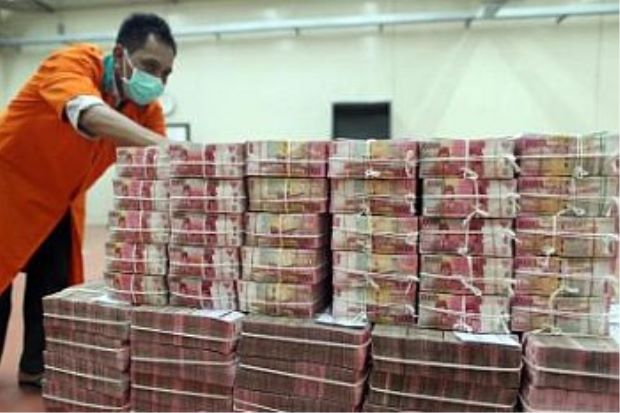









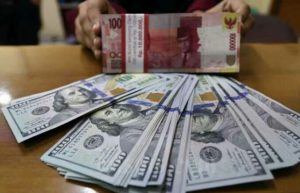
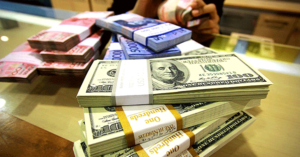
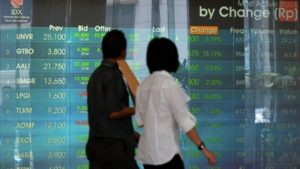
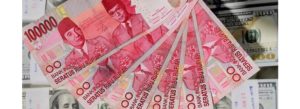
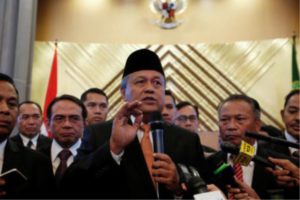










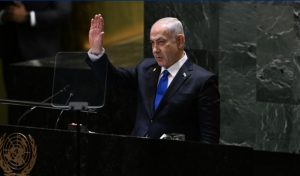



 Mina Indonesia
Mina Indonesia Mina Arabic
Mina Arabic